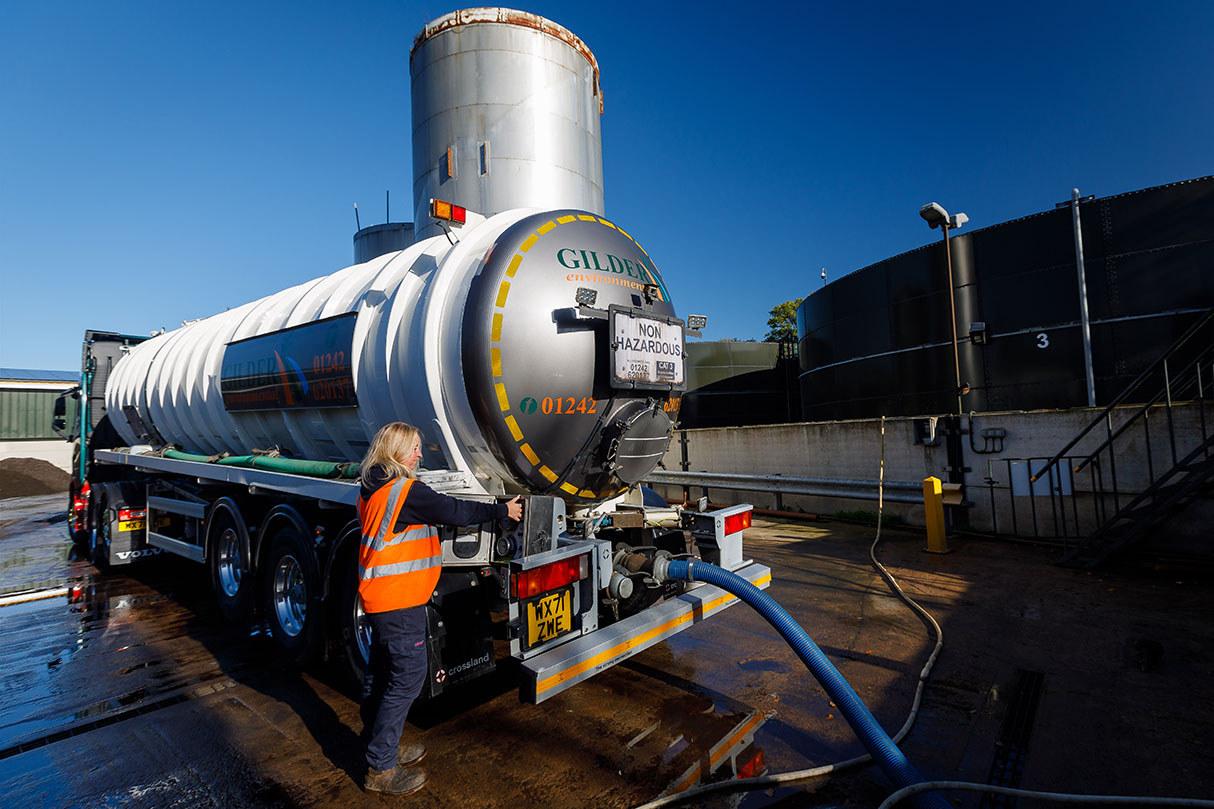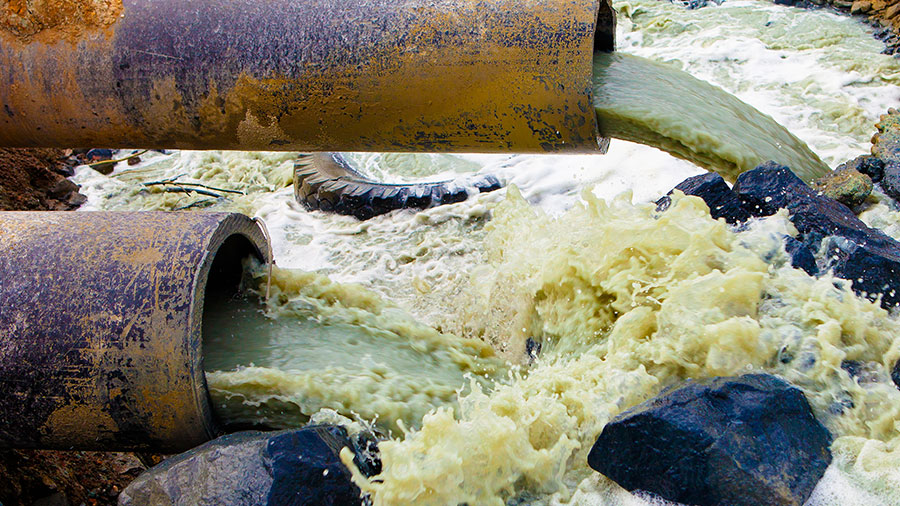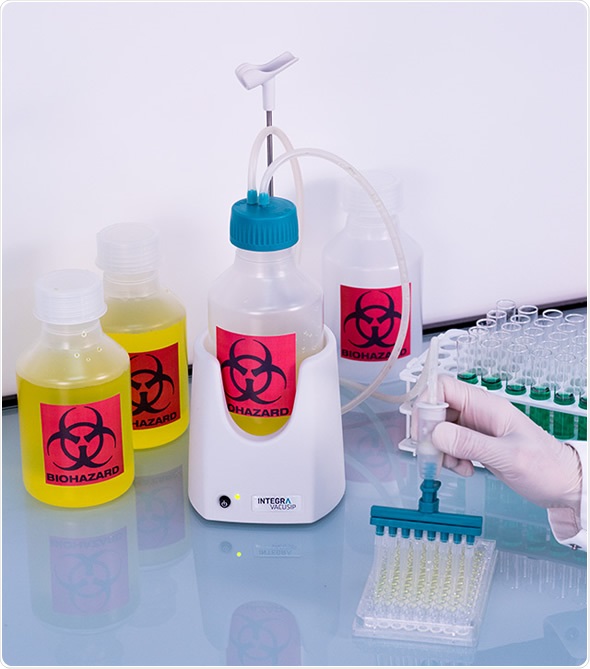Leading Industrial Wastewater Treatment Solutions: Guaranteeing Compliance and Efficiency
Wiki Article
Just How Liquid Waste Disposal Works: A Comprehensive Overview of Strategies and Technologies Utilized

Overview of Fluid Waste Kind
The intricacy of fluid waste types necessitates an extensive understanding of their attributes and effects for disposal. Fluid waste can generally be classified right into numerous kinds, including industrial, municipal, agricultural, and hazardous waste. Each classification displays distinct buildings, requiring specific monitoring strategies to minimize environmental and health dangers.
Industrial liquid waste stems from manufacturing processes and typically includes a series of contaminants, such as hefty metals, solvents, and organic substances. Local liquid waste, primarily comprising wastewater from homes and industrial establishments, contains natural issue, nutrients, and virus (industrial wastewater treatment). Agricultural fluid waste, including drainage from farms, may include fertilizers, chemicals, and animal waste, positioning threats to water top quality and environments
Dangerous fluid waste is defined by its toxicity, sensitivity, or possible to trigger harm. This group includes materials like acids, bases, and certain chemicals that require stringent handling and disposal methods. Comprehending these varied liquid waste kinds is crucial for creating efficient disposal approaches and making sure conformity with ecological laws. Appropriate classification and characterization are necessary for carrying out ideal therapy methods and minimizing the negative influences on public health and the atmosphere.
Physical Treatment Techniques

Screening is the initial action, where bigger particles and particles are eliminated from the liquid waste using displays or grates. In sedimentation storage tanks, much heavier particles resolve at the base, developing a sludge layer, while the clarified liquid can be further dealt with.
Filtering is another vital method that includes passing the liquid through permeable materials, such as sand or membrane layers, to catch smaller particles. This action enhances the top quality of the liquid, making it appropriate for subsequent treatment procedures.

Chemical Treatment Strategies
Chemical therapy strategies are necessary for effectively taking care of fluid waste, especially in addressing liquified and colloidal impurities that physical methods might not sufficiently remove. These methods use different chemical representatives to counteract, precipitate, or transform dangerous materials right into less dangerous forms.One usual method is coagulation and flocculation, where chemicals such as alum or ferric chloride are added to advertise the aggregation of put on hold particles. This procedure enhances sedimentation, permitting for easier removal of the resulting sludge. In addition, oxidation processes, employing agents like chlorine or ozone, are used to damage down complex organic substances and microorganisms, rendering the waste much safer for discharge or additional therapy.
liquid waste disposal Neutralization is another vital strategy, which changes the pH of acidic or alkaline waste streams to neutral degrees, preventing potential damage to downstream systems and the atmosphere. In addition, progressed oxidation procedures (AOPs) make use of combinations of oxidants and ultraviolet light to deteriorate consistent contaminants, accomplishing a higher level of treatment effectiveness.
Organic Therapy Procedures
Organic treatment processes play a vital duty in the monitoring of about his fluid waste by making use of bacteria to disintegrate raw material and minimize impurity degrees. These processes can be generally classified right into anaerobic and cardio therapies, each utilizing specific microbial communities to accomplish effective waste degradation.Cardiovascular therapy entails making use of oxygen to promote the break down of natural products by germs. This process is frequently carried out in triggered sludge systems, where oygenation storage tanks give a favorable atmosphere for microbial growth, resulting in the oxidation of organic toxins. The resultant biomass can be divided from treated effluent through sedimentation.
In comparison, anaerobic therapy takes place in the absence of oxygen, depending on various germs to break down raw material. This technique is especially advantageous for high-strength waste, as it creates biogas, a sustainable power resource, while decreasing sludge production. Technologies such as anaerobic digesters are regularly employed in metropolitan and industrial applications.
Both anaerobic and aerobic organic treatments not just minimize the ecological effect of fluid waste yet additionally assist in resource recuperation, making them necessary components of lasting waste management approaches. Their performance, efficiency, and flexibility support their widespread execution throughout various fields.
Arising Technologies in Disposal
Innovative techniques to liquid garbage disposal are quickly advancing, driven by developments in technology and an enhancing emphasis on sustainability. Among these arising modern technologies, membrane bioreactors (MBRs) have gotten traction for their ability to integrate organic therapy with membrane layer filtration, resulting in high-quality effluent that can be reused in various applications. MBRs allow smaller footprints and a lot more reliable procedures compared to traditional systems.Another promising advancement is using anaerobic digestion integrated with nutrient healing innovations, which not only treats liquid waste but also produces biogas and recuperates important nutrients like nitrogen and phosphorus. This double benefit improves source effectiveness and minimizes ecological effect.
Furthermore, advanced oxidation processes (AOPs) are being adopted for the degradation of complex natural toxins. These approaches use powerful oxidants and catalysts to break down contaminants at the molecular degree, using an extremely efficient service for find challenging waste streams.
Moreover, the assimilation of expert system and maker knowing in waste management systems is enhancing operational performance and anticipating maintenance, leading to lowered expenses and enhanced environmental conformity. These innovations reflect a substantial shift towards even more lasting and effective fluid garbage disposal techniques.
Final Thought
In conclusion, reliable liquid garbage disposal necessitates a thorough understanding of numerous techniques and modern technologies. The combination of physical, chemical, and organic treatment approaches makes sure the efficient monitoring of diverse waste types. Moreover, the development of ingenious innovations improves therapy efficacy and advertises sustainability in waste management methods. By continuously advancing these techniques, it becomes feasible to address the expanding challenges connected with fluid waste, eventually adding to environmental management and source recovery.Liquid waste disposal is an important facet of ecological administration, calling for a comprehensive understanding of different methods and innovations customized to various waste types. Fluid waste can generally be classified right into numerous kinds, consisting of industrial, municipal, agricultural, and hazardous waste. Agricultural fluid waste, consisting of overflow from farms, may include fertilizers, pesticides, and animal waste, posing risks to water quality and ecological communities.
Numerous physical therapy techniques play an essential duty in taking care of fluid waste properly - industrial wastewater treatment.In verdict, reliable liquid waste disposal requires an extensive understanding of various techniques and technologies
Report this wiki page